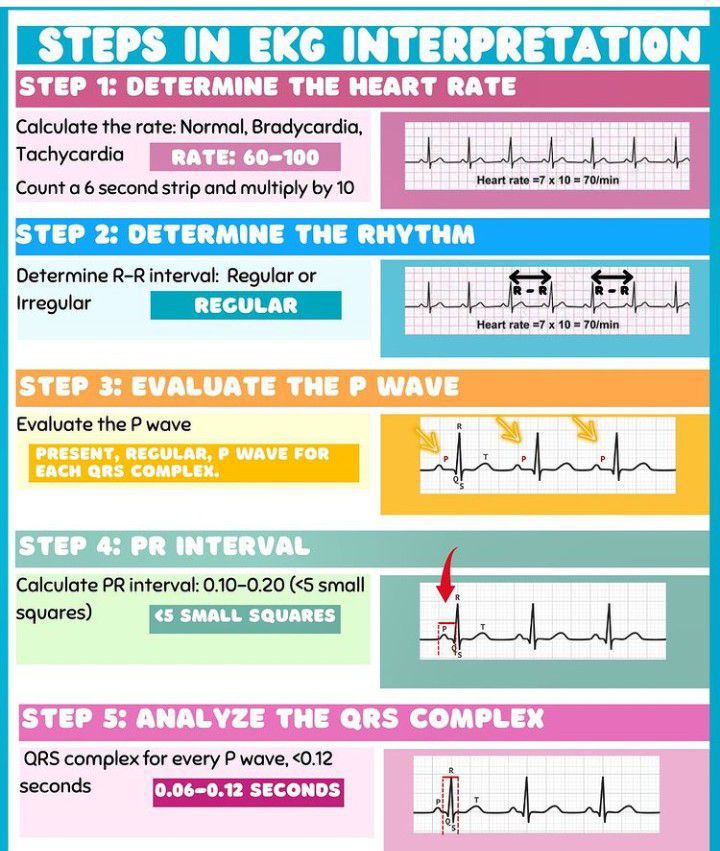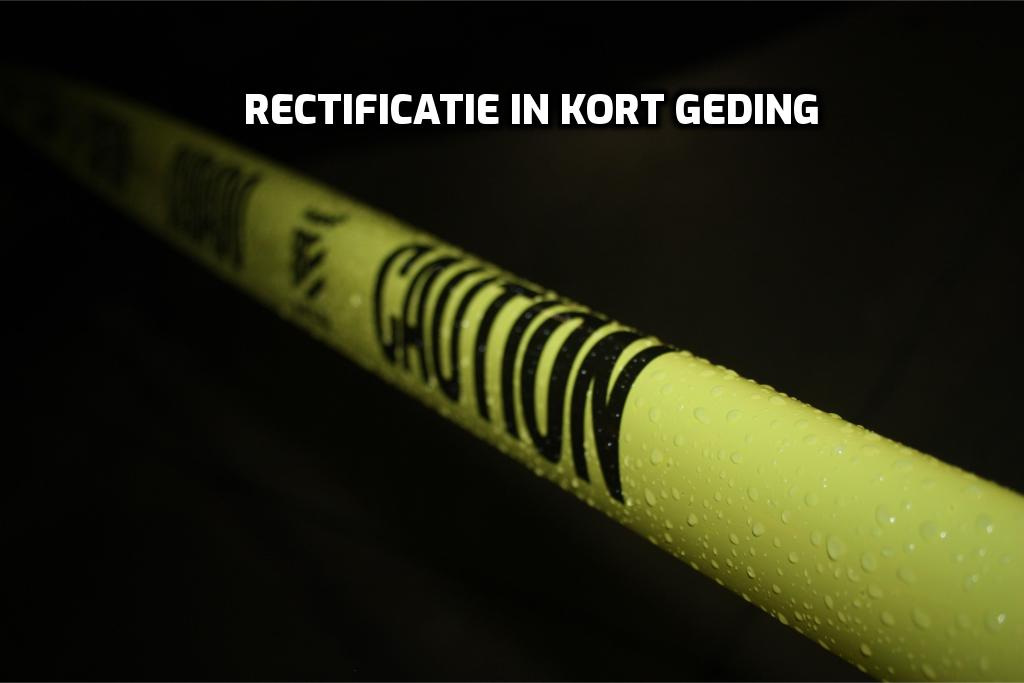Addressing Errors: A Step-by-Step Guide To Corrections And Clarifications

Table of Contents
Identifying and Acknowledging the Error
The first step in effectively addressing errors is recognizing and acknowledging the mistake. This involves understanding the scope of the problem and taking ownership of the situation.
Recognizing the Scope of the Mistake
Understanding the severity and impact of the error is paramount. This helps determine the appropriate course of action and the resources needed for correction. Consider these factors:
- Is it a minor typographical error? A simple spelling or grammatical mistake might require a quick edit.
- A significant factual inaccuracy? A major factual error may require a more extensive correction and potentially a public apology.
- Does it affect a large audience or just a few individuals? The scale of the error impacts the communication strategy needed for effective error addressing.
- Does it require legal or regulatory action? In some cases, errors may have legal ramifications, requiring immediate attention and professional consultation.
Taking Ownership of the Mistake
Avoid shifting blame. Accepting responsibility demonstrates integrity and fosters trust. A prompt and sincere apology goes a long way in mitigating negative consequences. Use phrases like:
- "We sincerely apologize for this error."
- "We regret the inaccuracy in..."
- "We are taking immediate steps to correct this mistake."
A proactive and transparent approach to error addressing is key to maintaining a positive reputation.
Documenting the Error
Maintain a detailed record of the error, its impact, and the steps taken to correct it. This is crucial for future reference, preventing similar errors from occurring, and providing evidence of your proactive approach to error handling. Be sure to document:
- The date and time of discovery.
- The nature of the error (specific details).
- The individuals involved (who discovered it, who is responsible for correction).
- Corrective actions taken (including who took which actions and when).
Developing a Correction Strategy
Once the error is identified and acknowledged, it's time to develop a comprehensive correction strategy. This involves determining the best method of correction, crafting clear and concise corrections, and choosing the right communication channel.
Determining the Best Method of Correction
The best method depends on several factors, including the audience, the nature of the error, and the medium where the error occurred.
- For online content: A simple edit with a brief note explaining the correction might suffice. You could also add a small disclaimer.
- For printed materials: A formal retraction or errata might be necessary, potentially requiring a reprint or an addendum.
- For databases: Ensure data integrity by carefully updating the database and verifying the changes.
- For presentations or speeches: A simple correction during the presentation or a follow-up email with clarifications could work.
Crafting Clear and Concise Corrections
Use plain language, avoiding jargon or technical terms that may confuse your audience. The correction should be easily understood by everyone involved.
- Highlight the corrected information clearly. Use bold text, different font sizes, or other visual cues to emphasize the change.
- Explain the nature of the previous error concisely. Provide enough information to understand the correction without being overly apologetic or defensive.
- Keep it brief. Avoid lengthy explanations.
Choosing the Right Communication Channel
Select the channel that reaches the affected audience efficiently. Consider the severity of the error.
- Email: Suitable for individual or small group communication.
- Social media updates: Effective for reaching a wider audience quickly.
- Website announcements: Ideal for important corrections to publicly available information.
- Formal press release: Necessary for serious errors with significant public impact.
Implementing and Communicating the Correction
This stage involves making the necessary changes and informing relevant parties about the correction. Careful execution is essential.
Making the Necessary Changes
Implement the correction meticulously and accurately. Double-check your work to avoid introducing further mistakes.
- Update databases: Ensure data consistency and accuracy across all systems.
- Website content: Update the online content promptly.
- Printed documents: Reprint affected materials or issue a correction notice.
Announcing the Correction to Relevant Parties
Inform those affected by the initial error about the correction. Provide clear and timely communication.
- Include links to corrected material where appropriate.
- Acknowledge the inconvenience caused by the error.
- Use a consistent tone and voice throughout all communications.
Monitoring for Further Issues
After implementing the correction, monitor for any residual issues or negative feedback. Be prepared to address any further concerns.
- Track social media mentions: Monitor online discussions for any lingering concerns.
- Gather customer feedback: Solicit feedback to gauge the impact of the correction.
- Analyze website analytics: Identify any changes in website traffic or engagement related to the correction.
Conclusion
Addressing errors effectively involves a multi-step process requiring careful planning and clear communication. By following these steps—identifying the error, developing a correction strategy, and effectively communicating the changes—you can mitigate potential negative consequences and maintain your credibility. Remember, timely and accurate error addressing is crucial for maintaining trust and building a strong reputation. Don't hesitate to implement these strategies to improve your accuracy and professionalism in addressing errors promptly and effectively. Mastering the art of error correction will significantly enhance your professional image and build stronger relationships with your stakeholders.

Featured Posts
-
 The Economic Fallout Of River Road Construction On Louisville Restaurants
May 01, 2025
The Economic Fallout Of River Road Construction On Louisville Restaurants
May 01, 2025 -
 Eurovision Song Contest 2025 Australian Live Streaming And Tv Broadcast Details
May 01, 2025
Eurovision Song Contest 2025 Australian Live Streaming And Tv Broadcast Details
May 01, 2025 -
 Nothing Phone 2 Redefining Modular Phone Design
May 01, 2025
Nothing Phone 2 Redefining Modular Phone Design
May 01, 2025 -
 Nieuw Schoolgebouw Kampen Stroomnet Aansluiting In Kort Geding
May 01, 2025
Nieuw Schoolgebouw Kampen Stroomnet Aansluiting In Kort Geding
May 01, 2025 -
 Travel Agent Incentive 1 500 Flight Credit From Ponant For Paul Gauguin Cruise Bookings
May 01, 2025
Travel Agent Incentive 1 500 Flight Credit From Ponant For Paul Gauguin Cruise Bookings
May 01, 2025
